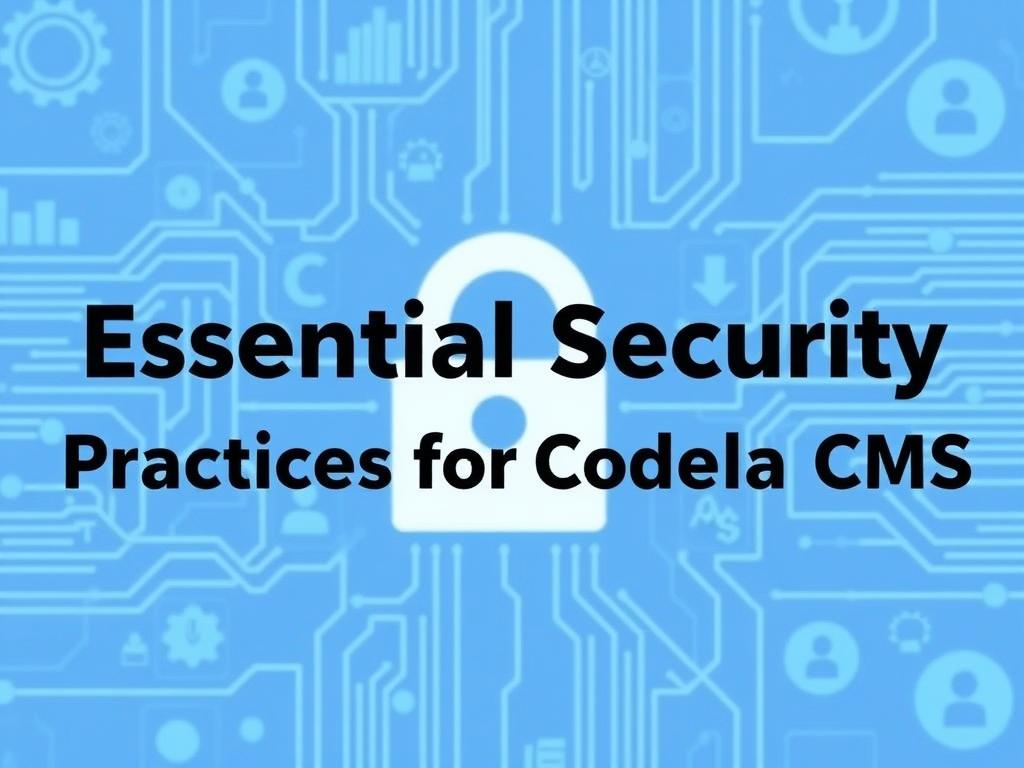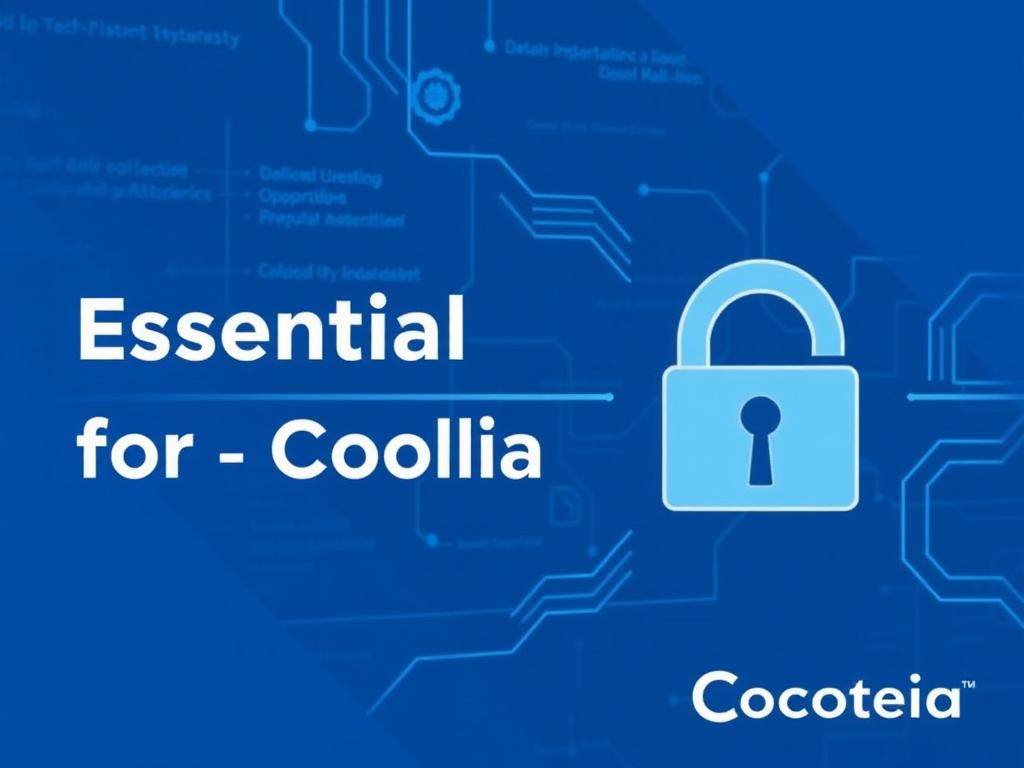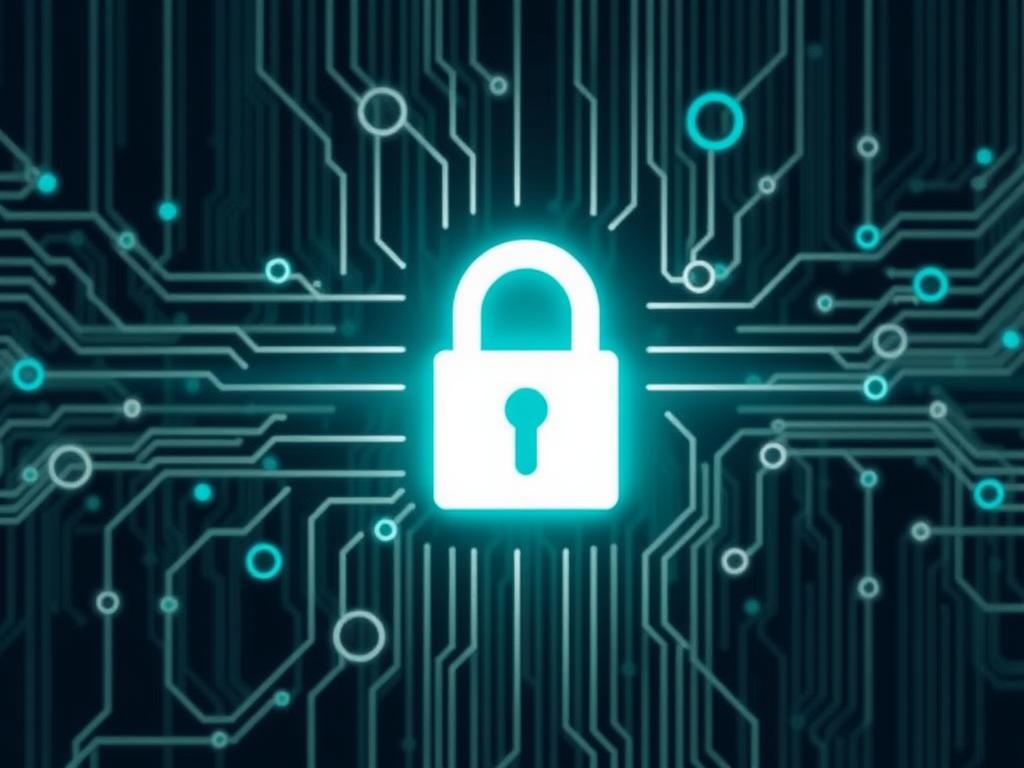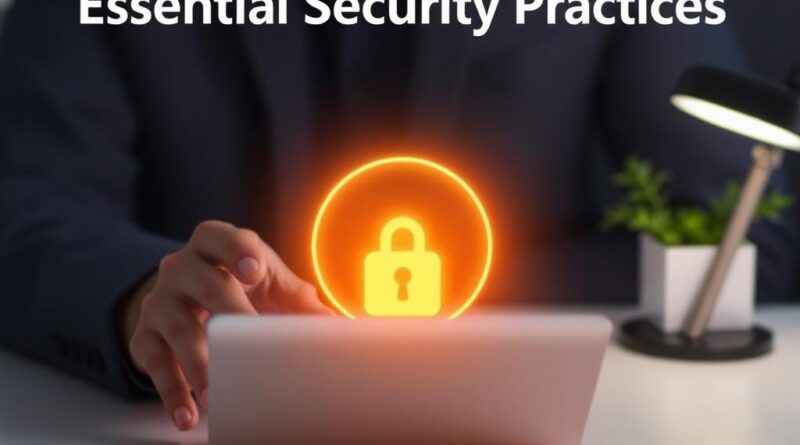Essential Security Practices for Codelia CMS: Protecting Your Website the Smart Way
Codelia CMS has quickly become a favorite choice for developers and website owners who are looking for a flexible, easy-to-use content management system. Its intuitive design and robust features make it ideal for everything from small blogs to complex company websites. However, as with any CMS, ensuring your site is secure is absolutely crucial. Without the right security measures in place, your website could become a target for hackers, malware, or data breaches. That’s why knowing and implementing essential security practices for Codelia CMS isn’t just recommended—it’s necessary.
Let’s dive into the core reasons why security matters so much, especially for Codelia CMS users. A compromised website can lead to loss of sensitive customer information, damage to your brand reputation, and even penalties if you’re handling personal data subject to privacy laws. Fortunately, the Codelia CMS ecosystem offers plenty of ways to enhance your website’s security, from basic best practices to advanced configurations and tools. By understanding and applying these essential security practices, you can dramatically reduce the risk of attacks and keep your site running smoothly.
Why Security Should Be a Top Priority for Codelia CMS Users

Security threats are evolving every day, becoming more sophisticated and harder to detect. Websites powered by Codelia CMS are no exception. While the platform is built with security in mind, no system is completely immune. Threats may include SQL injection, cross-site scripting (XSS), brute force attacks, or exploiting outdated plugins. Without proper care, your Codelia CMS website could become vulnerable to these issues.
One of the most important security practices for Codelia CMS is regularly updating the CMS software along with any themes and plugins. Updates often include security patches that fix known vulnerabilities. Neglecting updates is like leaving your front door unlocked for intruders. Staying current with software versions ensures you’re protected against the latest threats.
Top Essential Security Practices for Codelia CMS
Here’s a clear, structured list of some fundamental security practices every Codelia CMS user should follow. Each of these steps complements the others, creating a layered defense system that significantly strengthens your website’s security posture.
- Keep Your CMS, Themes, and Plugins Updated: Regularly check for new versions and apply updates promptly.
- Use Strong, Unique Passwords: Avoid simple or reused passwords for your admin accounts and encourage strong passwords for users.
- Implement Two-Factor Authentication (2FA): Adding a second verification step greatly reduces the risk of unauthorized access.
- Limit Login Attempts: Protect against brute force attacks by restricting the number of login attempts allowed.
- Set Proper File Permissions: Ensure that sensitive files are not writable by unauthorized users or scripts.
- Enable HTTPS/SSL: Encrypt data transferred between your site and your visitors to prevent interception.
- Regular Backups: Keep consistent backups so you can quickly recover your site if something goes wrong.
- Use Security Plugins: Many Codelia-compatible security extensions can add firewalls, malware scanning, and more.
- Monitor Logs and Traffic: Watch for suspicious activity and unusual access patterns.
Understanding File Permissions and Their Role in Codelia CMS Security
One of the often overlooked yet powerful ways to secure your Codelia CMS site is by setting proper file permissions. File permissions control who can read, write, or execute files and directories on your server. Incorrectly configured permissions can let attackers upload malicious scripts or modify files to gain control.
Typically, directories should be set to 755 and files to 644 in Unix-like systems, but this can vary depending on your hosting environment. It’s especially important to restrict write permissions on critical configuration files to prevent unauthorized changes. If you’re unsure, check with your hosting provider about recommended permissions for Codelia CMS installations.
Sample File Permissions Table for Codelia CMS
| File or Directory | Recommended Permissions | Purpose |
|---|---|---|
| config.php | 644 or 600 | Contains sensitive configuration data, should be protected |
| /uploads/ | 755 | Directory where users upload files and media |
| /cache/ | 755 | Cache storage directory for speeding up website |
| /logs/ | 700 or 755 | Stores logs, but should not be world-writable |
The Critical Role of HTTPS and SSL for Codelia CMS Websites
Using HTTPS via SSL certificates is no longer optional—it’s essential. HTTPS encrypts all data exchanged between your visitors’ browsers and your Codelia CMS site, protecting against eavesdropping or man-in-the-middle attacks. Search engines like Google also favor HTTPS websites, which can boost your SEO rankings.
Setting up HTTPS has become easier and more affordable thanks to free certificate providers like Let’s Encrypt. Installing an SSL certificate and configuring your web server to redirect all HTTP requests to HTTPS is an absolute must for protecting login credentials and user data.
The Importance of Regular Backups
Even with all security practices in place, things can still go wrong. Server crashes, accidental deletions, or sophisticated attacks can jeopardize your valuable website data. That’s why regular backups should be a cornerstone of your security strategy for Codelia CMS.
Backups should be stored securely and ideally outside your primary server environment, such as on cloud storage or a separate physical device. Schedule automatic backups whenever possible and test your restore process to ensure your backups are reliable.
Two-Factor Authentication and Login Security Enhancements

Two-factor authentication (2FA) is a simple yet effective way to add a second layer of protection to your login system. By requiring a unique code generated on your phone or sent via email in addition to your password, 2FA makes it much harder for attackers to hijack accounts, even if they guess or steal credentials.
Limiting login attempts is another smart approach. By locking out users after several failed attempts, you prevent brute force attacks that try countless password combinations. There are Codelia CMS-compatible plugins and modules available that can help you set these restrictions.
Keeping an Eye on Website Activity

Monitoring your site’s logs and traffic is an often underrated but highly effective way to spot security issues early. Look for unusual patterns such as repeated failed login attempts, sudden spikes in traffic, or access from suspicious IP addresses.
You might want to use security tools designed for Codelia CMS that can alert you in real time if suspicious behavior is detected. Regularly reviewing logs can help you catch and respond quickly before a small issue escalates into a major security breach.
Summary Table: Essential Security Practices for Codelia CMS
| Security Practice | Description | Benefit |
|---|---|---|
| Update CMS and Plugins | Keep software current with latest security patches | Reduces vulnerabilities to known exploits |
| Strong Passwords | Use unique, complex passwords for all accounts | Prevents unauthorized access via credential guessing |
| Two-Factor Authentication | Add a second verification step to logins | Enhances login security considerably |
| Limit Login Attempts | Restrict number of failed login tries | Protects against brute force attacks |
| Proper File Permissions | Set secure read/write access for files and folders | Prevents unauthorized modification of files |
| Enable HTTPS/SSL | Encrypt all data transmission | Protects user data and improves SEO |
| Regular Backups | Store copies of your site data safely | Ensures quick recovery from data loss |
| Security Plugins | Use extensions for firewalls, scanning, and monitoring | Strengthens overall website security |
| Monitor Logs and Traffic | Watch for suspicious activity and anomalies | Early detection of potential threats |
Conclusion
Securing your Codelia CMS website is not a one-time task but an ongoing responsibility. By following essential security practices like regularly updating your CMS, using strong passwords, enabling HTTPS, setting proper file permissions, implementing two-factor authentication, and routinely backing up your data, you build a strong defense against potential cyber threats. Remember, every layer of security you add makes it more difficult for attackers to succeed. Taking the time to invest in these practices today means protecting your site, your users, and your reputation for years to come. Stay vigilant, stay updated, and keep your Codelia CMS website safe and secure with these smart, essential security practices.

